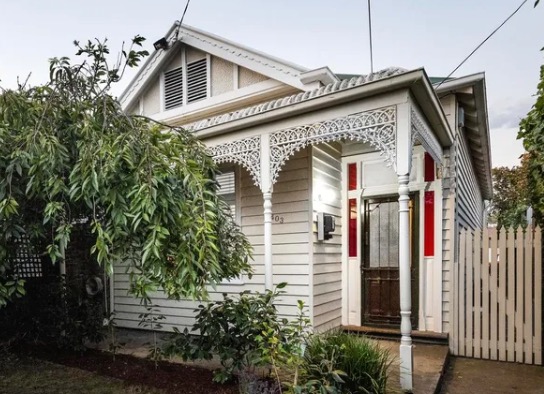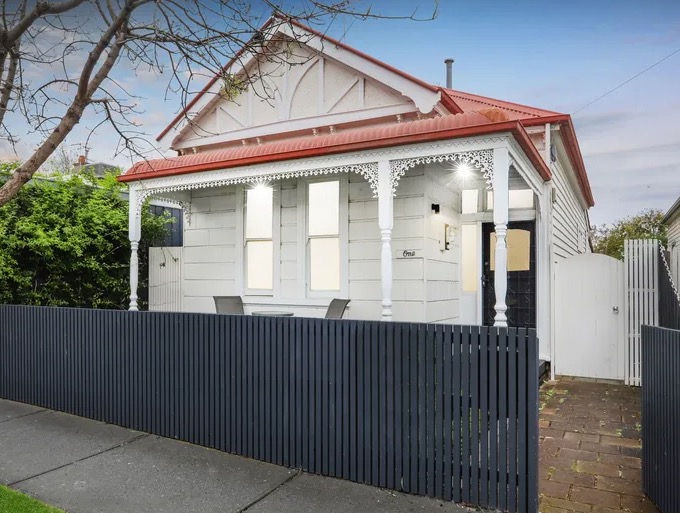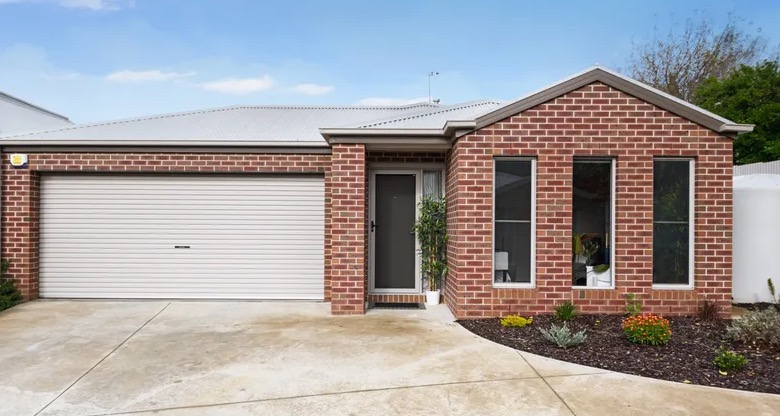This article forms part two of a two-part feature on investing in property where we have collaborated with the team over at Yield Financial Planning to display our passion for property and the intricacies of how it fits into a well-crafted financial plan.
Buyers often ask, “What is the best value suburb?” or “Where is the best place to buy?”, but this is akin to paying a visit to your doctor and asking them, “Doc, I don’t feel well. What medication can you prescribe me?”

Photo credit: Sherise Van Dyk
Without any background on the investor’s strategy, timeframe, borrowing capacity, cashflow, intentions for the property or potential changes in their circumstances in the short to medium term, it’s impossible for any property expert to answer this question fairly.
At Cate Bakos Property, we always take the time to talk to our investors about their goals, both short term and long term. In fact, we ask our clients to consider their debt retirement plans and ultimately their retirement strategy. These conversations should be taking place with a qualified financial planner long before embarking on a property journey.
Property selection should take into account the following five elements.
- Capital growth prospects
- Rental yield
- Vacancy rates
- Tenant demographic
- Required maintenance/improvements
A broad rule of thumb for investors to note relates to the inverse relationship between capital growth and rental yield. In most cases, a high capital growth property will not yield particularly high rents, and vice versa. In addition, a high capital growth property will generally cost considerably more than its rental-yielding counterparts, and hence an investor’s cashflows will likely be quite negative for the first years of ownership (circa ten years, depending on the cost of the asset and the rate of rental increases).
A good example of such a property is a period house with high owner-occupier appeal, located in a desirable, inner-ring suburb such as Northcote. This stunning three bedroom, renovated Victorian beauty sold earlier this year for $1.775M and will rent for circa $850pw.

For those investors who would prefer to maintain a purchase price within $1.2M, Melbourne’s inner-west remains a viable option for value. This pretty 2BR Victorian cottage sold early this year for $1.075M and would likely rent for $575pw.

On the flipside, the tenant demographic in a high capital growth area is likely to be easier to manage for the investor, with lower crime rates, higher employment rates and often less people in the house. From a wear and tear perspective, a house full of share-house students or a family with more children will be a larger burden on the investor when it comes to maintenance and repairs. This is a broad generalisation, but we do note that two person households with both parties working professional, full time roles are a common renter type in our inner-ring, high capital growth areas.
Targeting lower priced, higher yielding real estate is not necessarily a bad move, but investors need to understand their rationale before pouncing on a bargain priced property, and for good reason. A “buy and hold” investor may be deliberately targeting a higher rental income property in order to build up their post-retirement income with rental proceeds. Examples of higher-rental yielding properties include apartments and some regional houses. This property below is a good example of a regional property that could deliver a significantly stronger rental return than a capital city property. This neat 2BR brick dwelling in Ballarat sold in 2020 for $378,000 and would realistically rent for around $360pw today.

As our friends at Yield Financial Planning have stated in this article about buying an apartment, “an investor’s golden rule is to make your decision objective. You do not have to live in the apartment yourself, so your decision should not be dictated by emotional factors.”
However, if capital growth, or (worse still) hot-spotting is an investor’s intention, they may be disappointed. Transacting in and out of property is a costly game when agent’s fees, marketing costs, stamp duty and other purchase costs are taken into account. Getting the strategy right from the start is integral, and any successful investor will agree that time IN the market is more lucrative than trying to TIME the market.
Over the long term, property is a relatively forgiving asset class, but the difference between an “OK” property and a great property equates to hundreds of thousands of dollars over the long term. A $1,000,000 property that delivers an annualised growth rate of 5% year on year, compared to one that delivers 7% will exhibit a value differential of only $20,000, but over a twenty-year period, this differential is a whopping $1,216,387.
Saving a few thousand dollars, (or even fifty thousand dollars) in the quest to bag a bargain can represent a false win. A compromised location or a challenging floorplan, bad orientation or rough neighbourhood might give way to a cheap buy, but the cost in the long run will dwarf the initial saving.

For buyers who target capital growth assets without giving careful thought to their available cashflow, alternative problems can arise. There is little point in taking on more debt than practicable in the quest to secure a high capital growth performer, when negative cashflow could threaten the journey. High capital growth assets tend to have higher price-points than balanced, or cashflow properties. When an investor purchases a high capital growth property and finds that their cashflow is biting, the resultant remedy is usually to sell the asset. Aside from risking market volatility, (i.e. losses), they will write off stamp duty, agent’s selling fees and marketing costs.
Property is a long game and should be treated as such.
Likewise, buyers who target ‘multi-purpose’ properties such as post-retirement homes, holiday houses, and future-children’s homes often make a decision that doesn’t necessarily suit their needs when the time arises. It’s very difficult to predict where we will want to live in twenty years’ time, or where our children are likely to study in their tertiary years. All too often I see buyers trying to convince themselves of a purchase idea that placates their emotional desires.
Rentvesting has been a popular buzz word of late, and while it has its place in a committed investor’s portfolio, sadly many investors can’t always commit to the plan long term. Without forward planning for an imminent owner-occupier home purchase at some stage, this strong call can arise when an investor is leased equipped to accommodate it. Whether it be a desire to settle into a family home with a partner, or a need to fund other commitments, all too often I see a rentvestor’s long term outlook derailed by the need to access capital (and hence, sell).
The best value real estate is the property that either meets our needs and/or performs optimally. Optimal performance is much more likely to ensue when a property is held for the longer term. My rule of thumb is an ownership tenure of at least ten years, but preferably multiple decades.
It is absolutely critical that before embarking on property investing, every investor establishes their “why?” with their financial planner. From retirement planning to estate planning, cashflow analysis to asset class discussions, a robust conversation can set an investor on a great path. Not only can a great planner set an investor on the right course for them, but they can also recommend trusted professionals to help with other aspects of the journey.
Real estate is too valuable to take risks.
We love meeting new clients! The first step to make contact is to drop us an email at cate@catebakos.com.au to arrange an online meeting. We’ll take the time to understand what it is our new clients are aiming to achieve, and we will happily steer them in the right direction if they require financial advice or other support. We’ve proudly assisted well over a thousand clients and we love the diversity that every client brief brings. Every client’s journey is bespoke, and when it comes to investing there is no one size fits all.
At Cate Bakos Property, we always take the time to talk to our investors about their goals, both short term and long term. In fact, we ask our clients to consider their debt retirement plans and ultimately their retirement strategy. These conversations should be taking place with a qualified financial planner long before embarking on a property journey.
We’d like to thank James and the team at Yield Financial planning for inviting us to participate in this collaboration.
REGISTER TO OUR NEWSLETTER
INFORMATION
CONTACT US
1A/58 ANDERSON STREET,
YARRAVILLE VIC 3013
0422 638 362
03 7000 6026
CATE@CATEBAKOS.COM.AU
